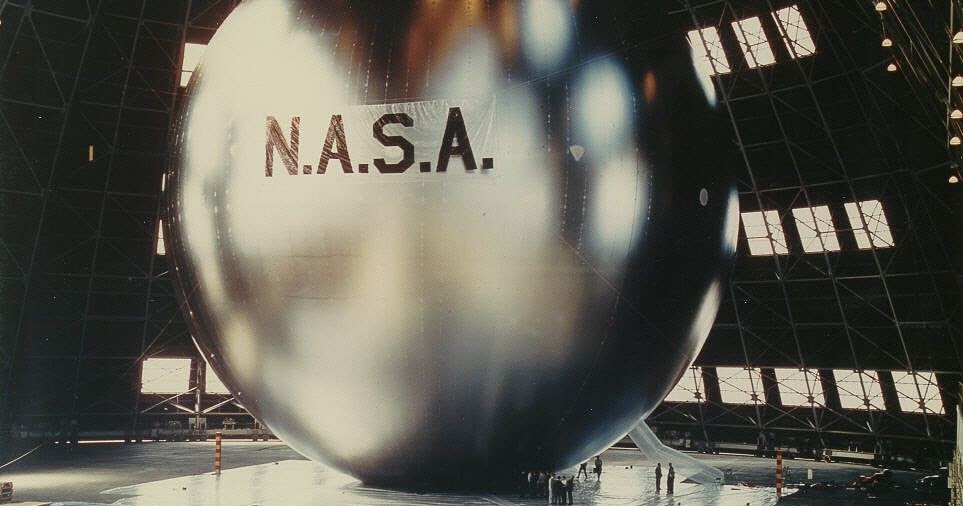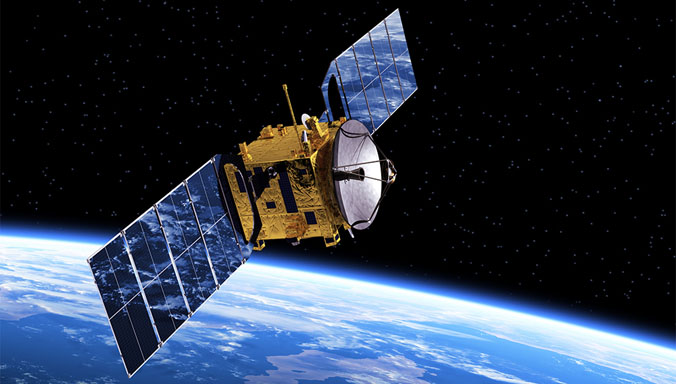
A satellite is a spacecraft that orbits or circles a larger object in orbit. Satellites are classified as natural (such as the moon orbiting the Earth) or manufactured (such as the International Space Station orbiting the Earth).
The solar system contains dozens upon dozens of natural satellites, with practically every planet having at least one moon. Saturn, for example, has at least 53 natural satellites and an artificial one between 2004 and 2017 — the Cassini mission, which examined the ringed planet and its moons.
However, it was not until the mid-twentieth century that artificial satellites became a reality. Sputnik, a Russian beach ball-sized space probe was launched on Oct. 4, 1957, was the first artificial satellite. This conduct astounded a large portion of the western world, as it was widely assumed that the Soviets lacked the capability to launch satellites into orbit.
[toc]
Sputnik 1
/GettyImages-151541875-adcfc13d221e40e4946f571b57180f3d.jpg)
In October 1957, Russia stunned the world by announcing the launch of the first man-made object into orbit around the Earth, the basketball-sized Sputnik 1.
Also Read: What is 6G? Expected Speed?
Explorer 1

Three months later, America emulated Russia’s accomplishment by launching its own satellite, Explorer 1, which found the radiation bands that circle the Earth.
Echo 1

NASA launched this 30-metre-diameter giant balloon in 1960. It was the world’s first primitive communications satellite, reflecting incoming signals.
Satcom

Satcom 1 (launched 1975) was developed by RCA Americom and pioneered US cable television broadcasts with high-profile networks, paving the way for the era of satellite television.
International Space Station

The world’s largest man-made satellite construction began in 1998 with the launch of the Zarya module and is slated to be completed in mid-2012.





